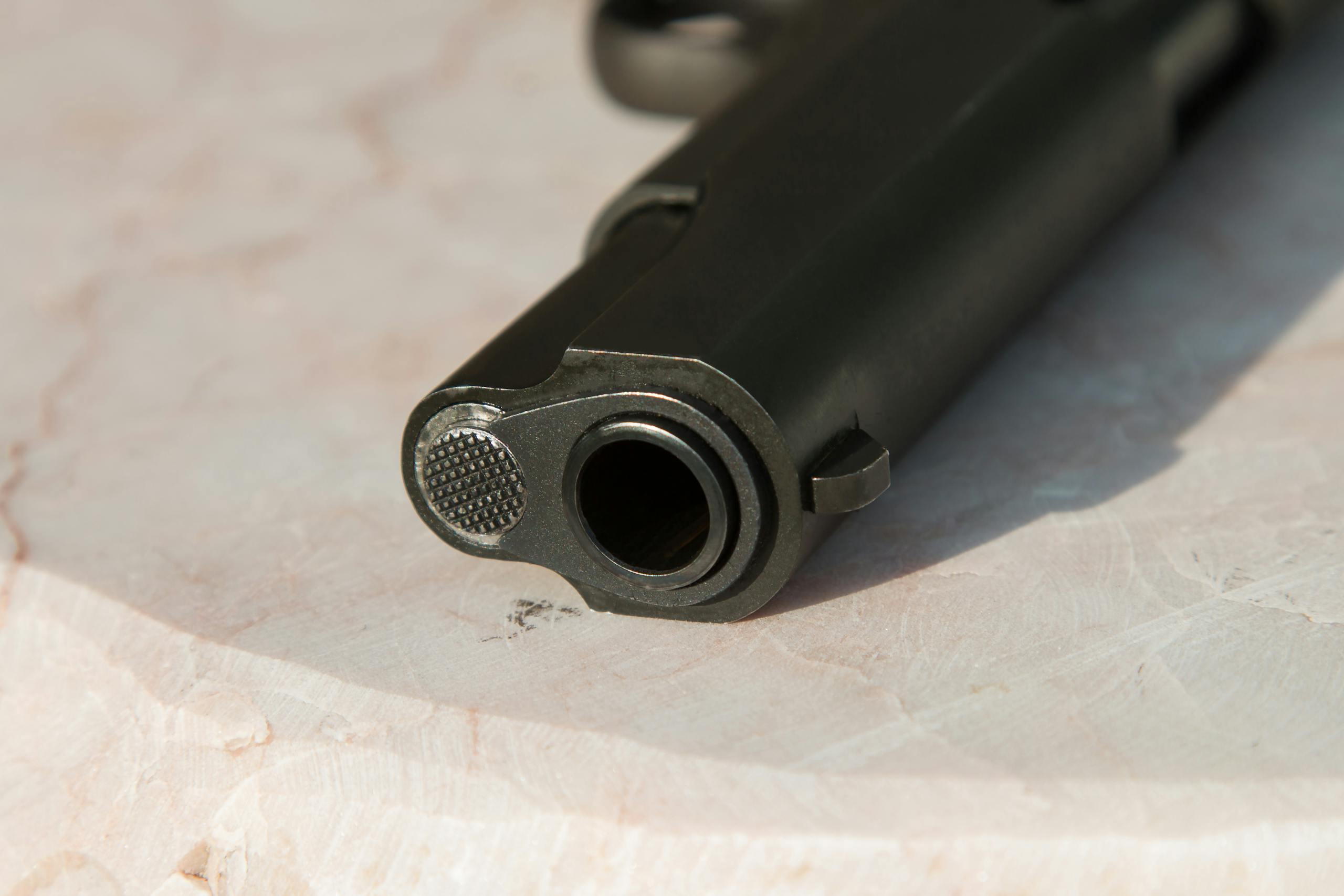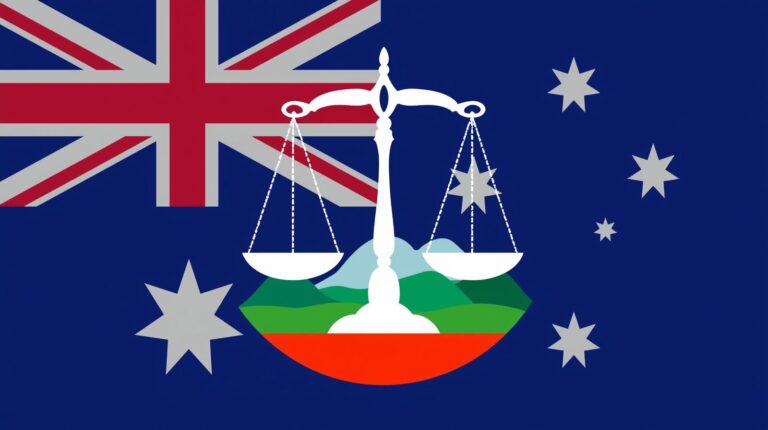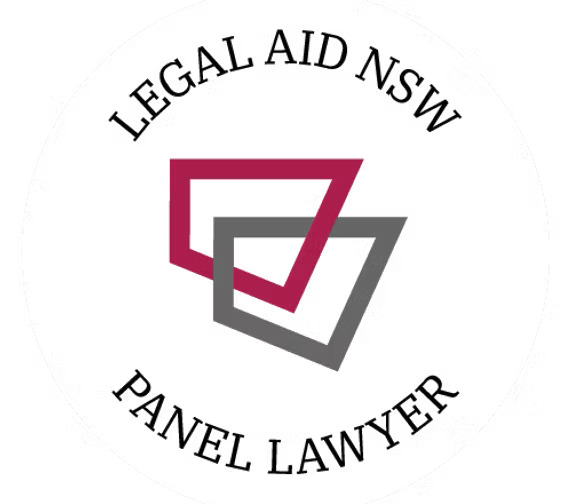Currently in Victoria, the Control of Weapons Act 1990 (‘The Act’) and the Control of Weapons Regulations 2021 (‘The Regulations’), are the two primary sources of legislation which deal with various weapons related offences, regulations, and licencing requirements in Victoria.
In addition to the stringent licencing and regulatory approval, one needs to go through to obtain a permit/approval to carry such items, there are also a number of criminal offences in relation to this exact same issue.
Broadly speaking, weapons are separated into three (3) categories, namely;
- Controlled Weapons;
- Prohibited Weapons; and
- Dangerous Articles.
Controlled Weapons:
Controlled Weapons are categorised as weapons which can be possessed and carried, for a legitimate purpose, however, may poses a danger to the safety of others and the community in general.
Pursuant to Section 3 of the Control of Weapons Act 1990 and Schedule 1 of the Control of Weapons Regulations 2021, a Controlled Weapon is defined as;
- A Knife (other than a knife that is classed as a prohibited weapon); and
- Any article prescribed by the Regulations as a ‘Controlled Weapon’, including but not limited to;
- Spear gun;
- Baton or Cudgel (including any short stick made of ay material designed as a weapon);
- Bayonet (including any thrusting, striking, or cutting weapon designed to be attached to a firearm;
- Cattle prod.
Pursuant to Section 6 of the Control of Weapons Act 1990, it is an offence to possess, carry or use a controlled weapon, without a lawful excuse, which can attract a maximum penalty of up to 120 penalty units or up to one (1) year imprisonment.
In considering what constitutes a ‘lawful excuse’, the Court must have regard to the circumstances of the incident, including the time and location of the incident, as well as any other contextually relevant material, this can include but is not limited to;
- In the pursuit of any lawful employment, activity, or duty;
- Participation in any lawful sport or recreation; or
- The legitimate collection, display or exhibition of weapons.
Prohibited Weapons:
On the other hand, Prohibited Weapons are generally classified as weapons in which are inappropriate for general possession and use, unless approval is sought by the relevant legislative body to do so.
Pursuant to Section 3 of the Control of Weapons Act 1990 and Schedule 2 of the Control of Weapons Regulations 2021, a Controlled Weapon is defined as;
- An imitation firearm;
- Any article prescribed by the Regulations as a ‘Prohibited Weapon’, including but not limited to;
- Flick knives/butterfly knives/double ended knives/push knives;
- Daggers;
- Any item designed to conceal a knife/blade;
- Throwing blades;
- Crossbow;
- Blow gun;
- Slingshots;
- An article designed or adapted to emit or discharge an offensive, noxious or irritant liquid, powder, gas or chemical;
- An article designed or adapted to emit an electric current into a human body for the purposes of incapacitation or injury.
- Knuckle dusters;
- Weighted/studded gloves;
- Whips;
- Martial Arts weapons, including but not limited to;
- Butterfly Sword;
- Tonfa; and
- Sai.
Pursuant to Section 6 of the Control of Weapons Act 1990, it is an offence to possess, carry or use a controlled weapon, without a lawful excuse, which can attract a maximum penalty of up to 240 penalty units or up to two (2) years imprisonment.
In order to lawful possess and/or carry a Prohibited Weapon, an individual must obtain an exemption under Section 8B of the Control of Weapons Act 1990, or an approval under Section 8C of the Control of Weapons Act 1990.
In order to obtain an Approval, a person must first submit an application for an approval, which, if approved, will grant the applicant approval to do anything that is otherwise prohibited by Section 5 of the Control of Weapons Act 1990.
Dangerous Articles:
Lastly, pursuant to Section 3 of the Control of Weapons Act 1990, a Dangerous Article is defined as;
- An article which has been adapted or modified so as to be capable of being used as a weapon; or
- Any other article which is carried with the intention of being used as a weapon.
It is important to note that any item may be considered to be a dangerous article, so long as it meets the above definition. This can include everyday items that one might have in their possession, including but not limited to tools, household items and/or sporting equipment.
As indicated above, it is a defence to a charge for possession of a Dangerous Article, that there is a lawful excuse to have that item in the persons possession.
Pursuant to Section 7 of the Control of Weapons Act 1990, it is an offence to possess, carry or use a Dangerous Article, without a lawful excuse, which can attract a maximum penalty of up to 60 penalty units or up to six (6) months imprisonment.
Need to speak with a lawyer?
Our experienced lawyers are here to help you understand your legal rights and options. Contact us for a confidential discussion about your situation.


















